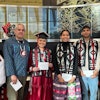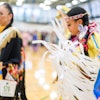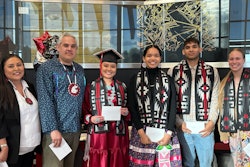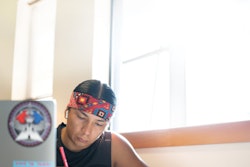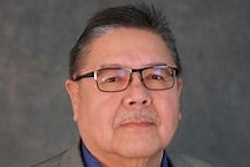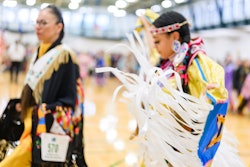A registered member of the Six Nations Cayuga American Indian tribe, Jarrid Whitney has spent 15 years in college admissions, enrollment and financial aid. He has specialized in recruiting American Indian students for elite institutions like Stanford University and Dartmouth College—quite a departure from his childhood in an upstate New York town of 1,300 that lacked a high school, meaning young people were bused to one of three neighboring towns. A Cornell University graduate, Whitney is now director of undergraduate admissions at the California Institute of Technology, where 9 percent of this school year’s 967 undergraduates were American Indian, Black, Native Hawaiian, Pacific Islander, Alaska Native or Hispanic.
DI: What “best practices” can colleges use to retain American Indian students?
JW: Students who are culturally connected with their people prioritize the tribal calendar above academics. They attend the tribe’s winter blessing and feast days no matter what’s scheduled on a school syllabus. Professors need to let them take exams on days that don’t conflict with cultural activities. That said, students should tell professors and diversity officers of these activities well in advance. Students without much cultural connection won’t likely miss class, but they often want to learn about their heritage. If the campus has no American Indian program, the diversity center should support their interest.
Just because there isn’t an Indian administrator doesn’t mean people don’t want to help you.
